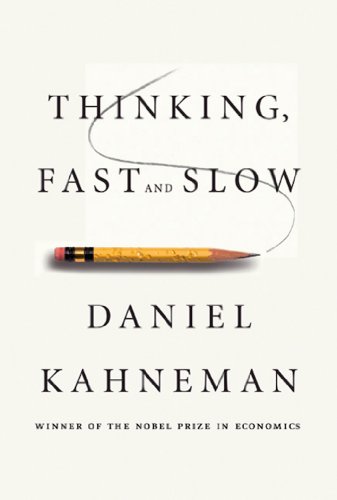

This article is an excerpt from the Shortform summary of "Thinking, Fast and Slow" by Daniel Kahneman. Shortform has the world's best summaries of books you should be reading.
Like this article? Sign up for a free trial here .
What is the conjunction fallacy? How can you avoid it?
Conjunction fallacy is the belief that the conjunction of two events happening is more probable than one happening. Often, extra details that create a coherent story make the events in that story seem more probable, even though the extra conditions needing to be met make the conjunction less probable.
The best way to illustrate this is with a conjunction fallacy example. We’ll cover two examples of the conjunction fallacy and how to counter this bias.
Conjunction Fallacy Examples
Conjunction Fallacy Example #1
Linda is 31 years old, single, outspoken, and very bright. She majored in philosophy. As a student, she was deeply concerned with issues of discrimination and social justice, and also participated in anti-nuclear demonstrations.
Which is more probable?
1. Linda is a bank teller.
2. Linda is a bank teller and is active in the feminist movement.
If you guessed 2, you fell for the conjunction fallacy. 1 is clearly a broader option than 2—there are many bank tellers who aren’t active in the feminist movement—so 1 should always be more likely. However, 2 explicitly mentioned a coherent story and thus seemed more representative of Linda, even though it’s more statistically unlikely. This is an example of the conjunction fallacy or conjunction bias.
(If you fell for this, don’t feel bad—over 85% of undergraduate students chose the second option.)
Conjunction Fallacy Example #2
Here’s another conjunction fallacy example. Pick which event is more likely:
1. A massive flood in North America in which more than 1,000 people drown.
2. An earthquake in California that causes a flood in which more than 1,000 people drown.
The latter sounds more plausible because of the vividness of its detail—you can picture the cause of the flood. But it’s certainly less probable. Again, if you chose #2, you were vulnerable to the conjunction fallacy.
This is a problem when listening to forecasters—adding details to scenarios makes them more persuasive, but less likely to come true.
(Shortform note: if you’re interested, here’s a link with more examples.)
Antidotes to Conjunction Fallacy
Surprisingly, the conjunction fallacy is not invoked when a story doesn’t have coherence:
Which is more probable?
1. Mark has hair.
2. Mark has blond hair.
System 1 doesn’t have a chance to build an overall narrative here, so it becomes a pure statistical problem, and System 2 takes over. Many more people get the correct answer here.
Interestingly, there is a way to remove the conjunction bias by focusing people to name specific quantities, rather than just estimate percentages. Using the Linda example again, the questions would change to:
There are 100 people who fit the description above. How many of them are:
- Bank tellers? __ of 100
- Bank tellers and active in the feminist movement? __ of 100
When presented this way, many people realize the fallacy and change their answers to be statistically valid. Kahneman suggests this might be because this framing causes people to visualize 100 people in a room, and then they realize it’s clearly a mistake to have the group of feminist bank tellers be larger than the group of bank tellers.
More antidotes to conjunction fallacy:
- When hearing a complicated explanation that has too many convenient assumptions or vivid details (like an investment pitch for a business or an explanation for what caused a phenomenon), be aware that each additional assumption lowers the likelihood of it being true.
- When asked to estimate probability or percentages, think about a finite number, like 100 people.
The conjunction fallacy is common, but once you know what it is, you can take steps to avoid it.
———End of Preview———

Like what you just read? Read the rest of the world's best summary of "Thinking, Fast and Slow" at Shortform . Learn the book's critical concepts in 20 minutes or less .
Here's what you'll find in our full Thinking, Fast and Slow summary :
- Why we get easily fooled when we're stressed and preoccupied
- Why we tend to overestimate the likelihood of good things happening (like the lottery)
- How to protect yourself from making bad decisions and from scam artists






